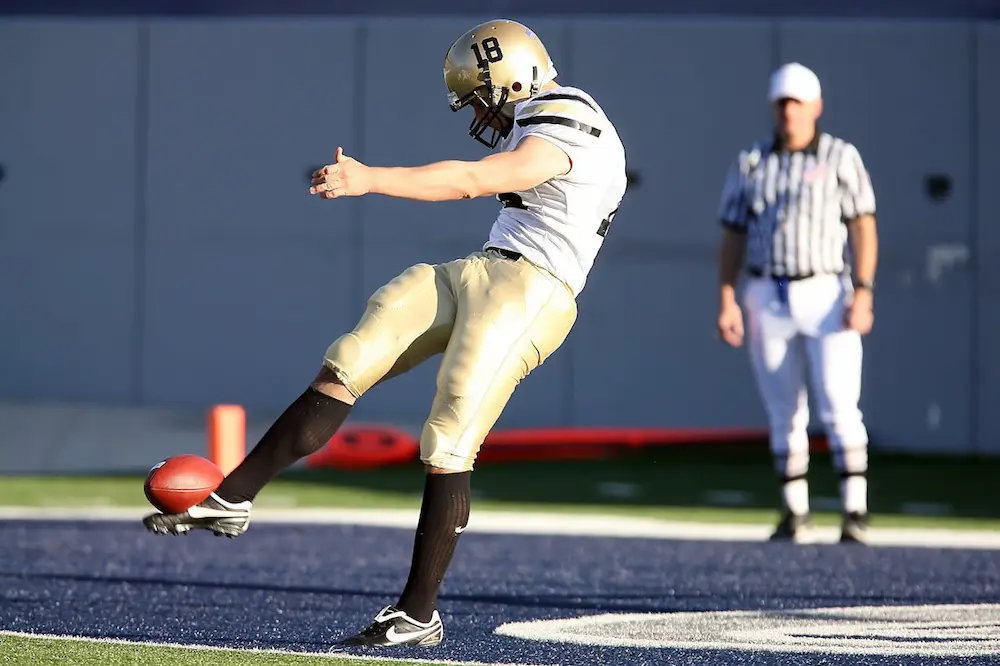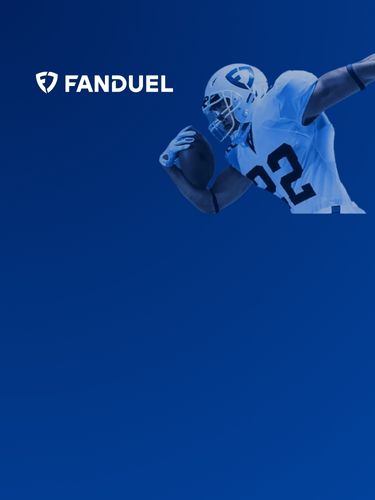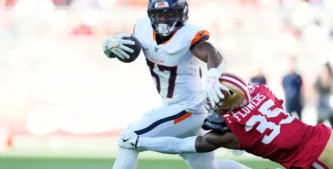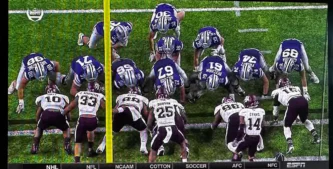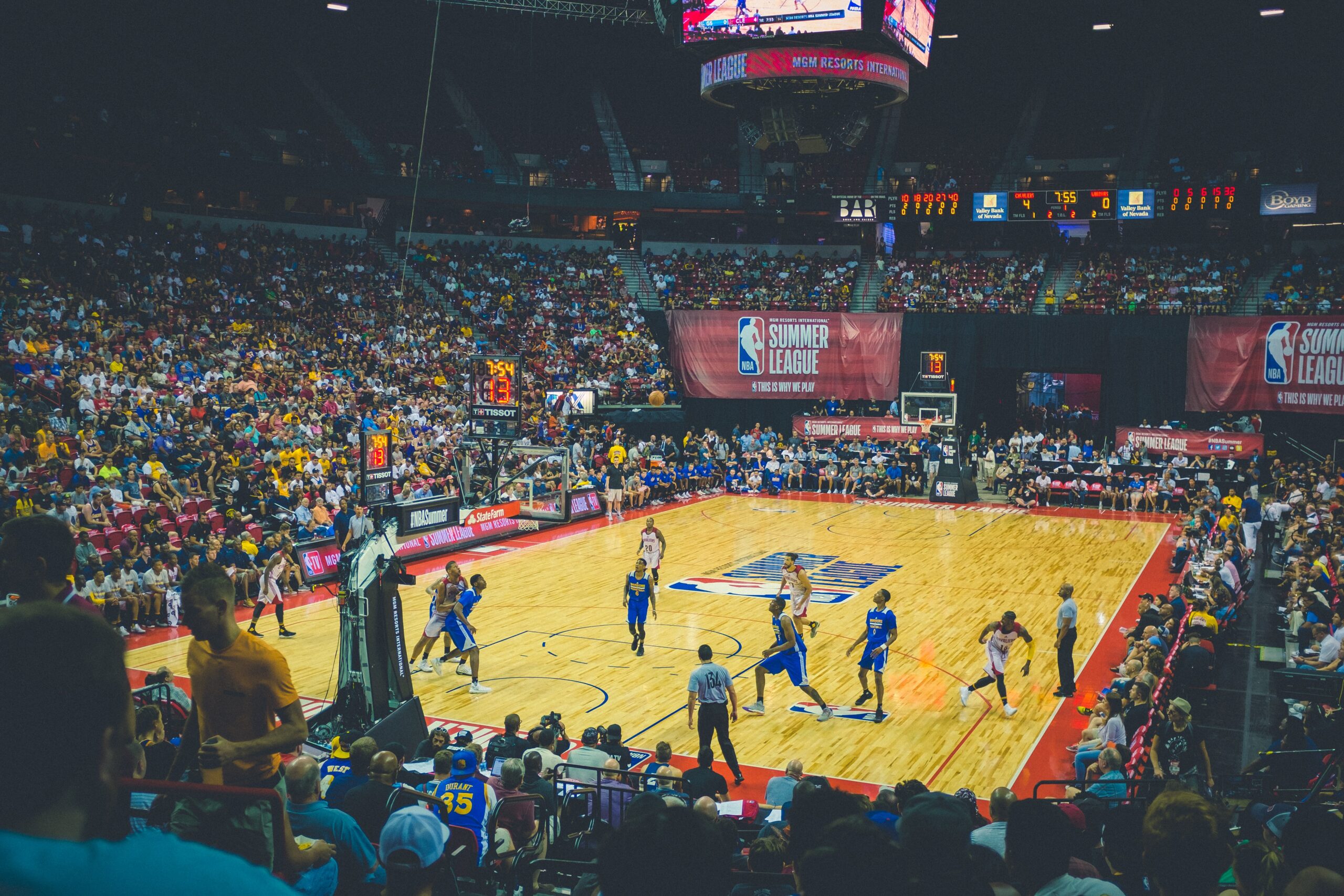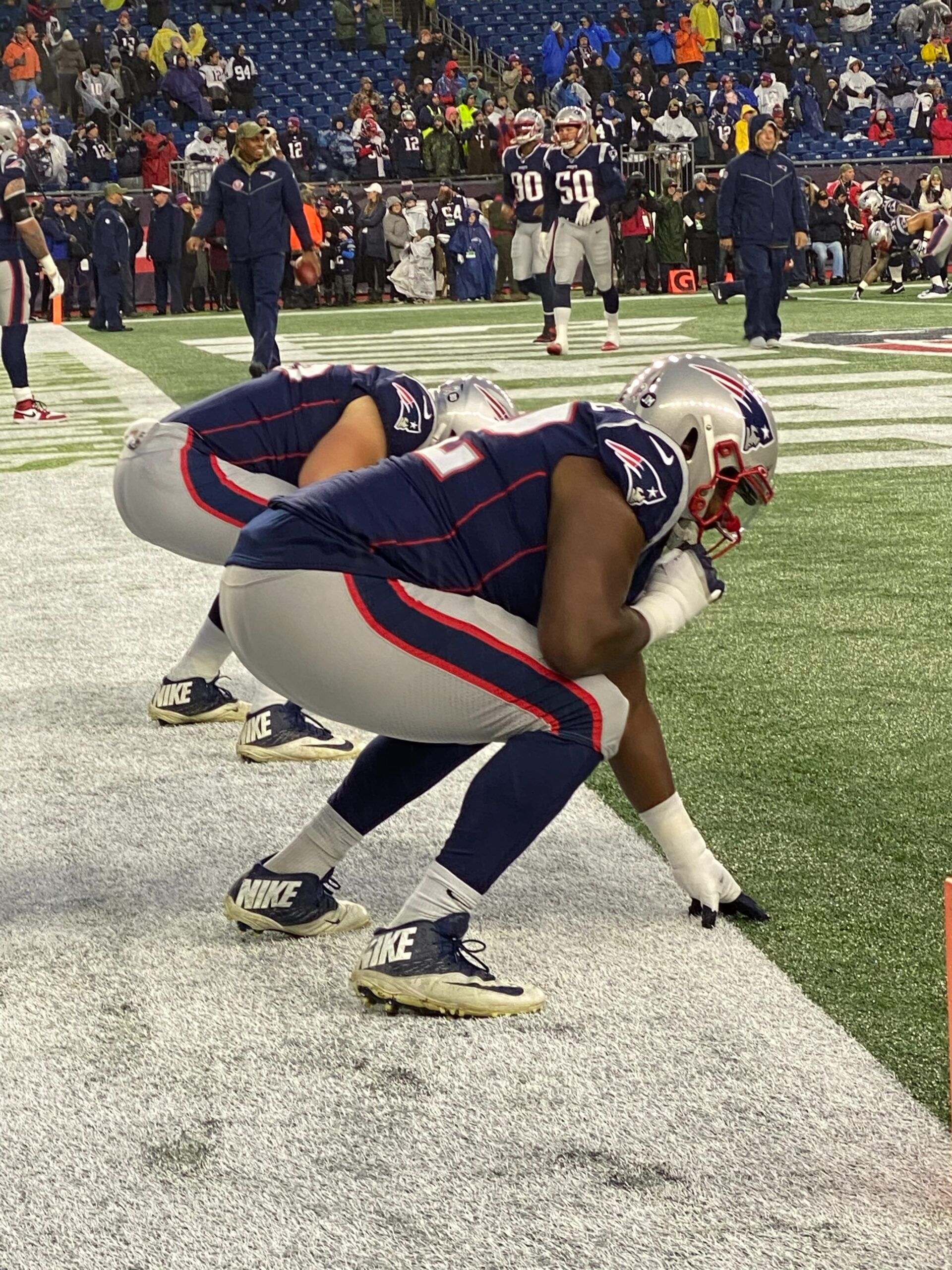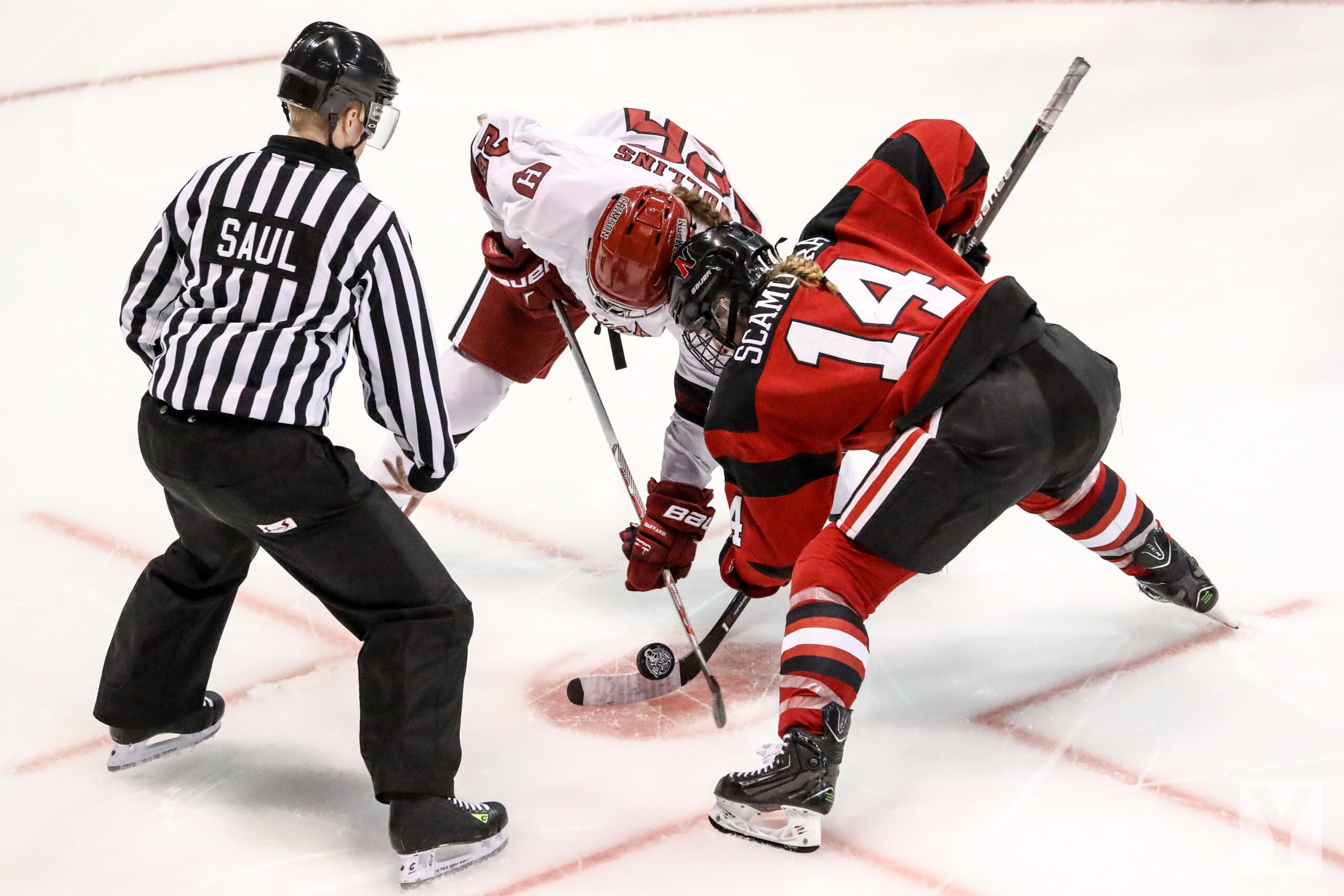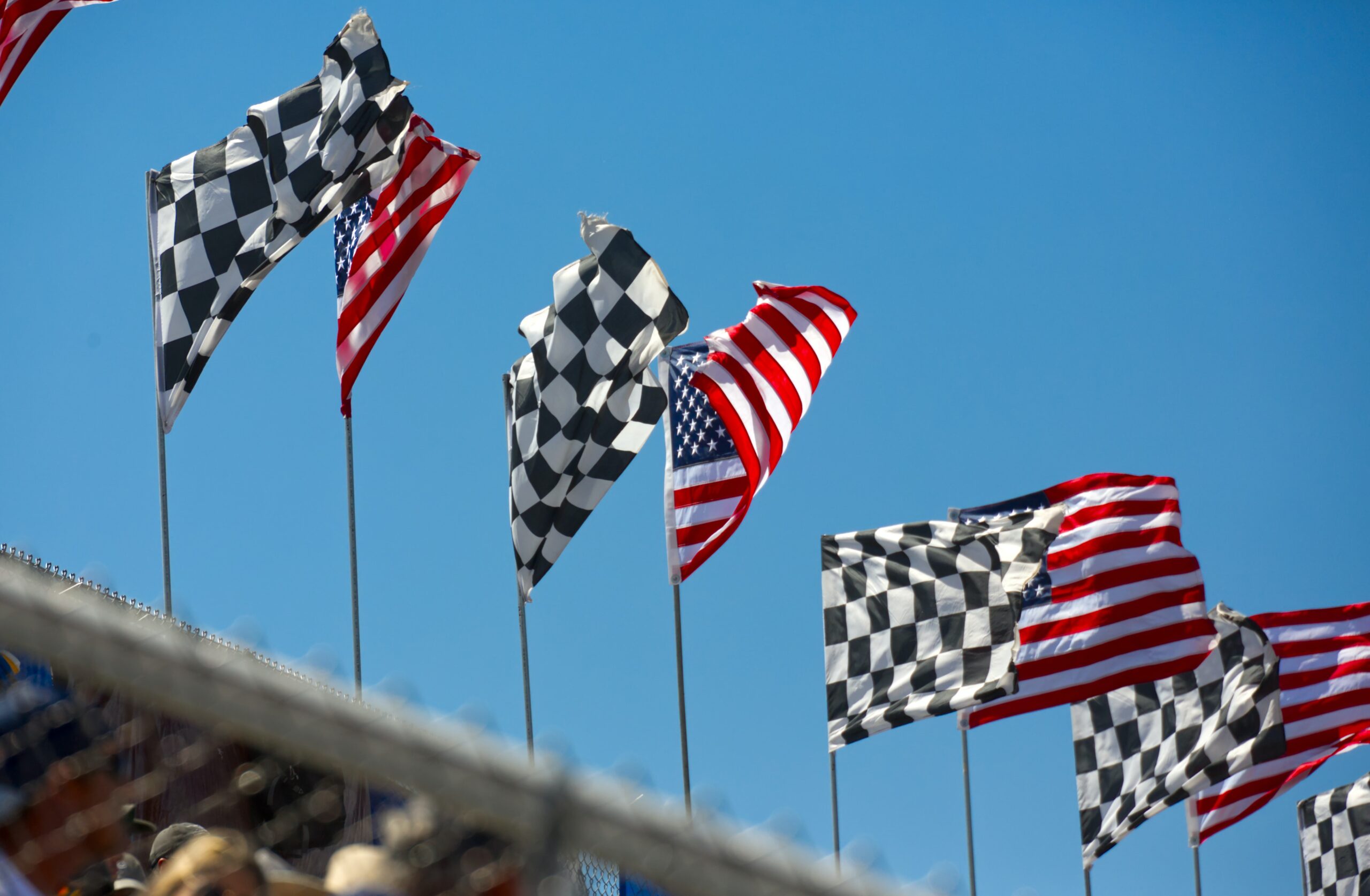Do you know what are the new NFL kickoff rules? The NFL has shaken up one of the most iconic plays in NFL history: the kickoff. For the 2025 regular season, the league has introduced a new kickoff format called the Dynamic Kickoff. This overhaul is designed to reduce injuries while bringing back the excitement of kickoff returns.
For fans, coaches, and especially sports bettors, the change is massive. The way the kicking team players and the receiving team line up has been completely restructured, and the results will impact scoring, field position, and even betting markets.
Dynamic Kickoff: How the New Format Works
The Dynamic Kickoff is unlike anything fans have seen before. Here’s a breakdown of the new kickoff rules:
Kicking Team Alignment
The kicker remains at his own 35-yard line, but the other 10 kicking team players now line up on the receiving team’s 40-yard line.
Setup Zone
The receiving team must position at least nine players in a 5-yard setup zone between its 30 and 35-yard lines.
Returners in the Landing Zone
Up to two returners stand deep, near the receiving team’s goal line, inside the landing zone (from the 20-yard line to the end zone).
When the Ball Is Live
No one can move until the ball lands in the landing zone or the ball hits a player. Once that happens, the play activates.
Touchbacks
If the ball flies into the end zone untouched, the ball comes out to the 30-yard line. If the ball lands in the landing zone then rolls into the end zone, it’s only brought out to the 20.
Onside Kick
Surprise onsides are gone. Teams must declare an onside kick, and under current new rules, they’re only permitted when trailing, most often late in the fourth quarter.
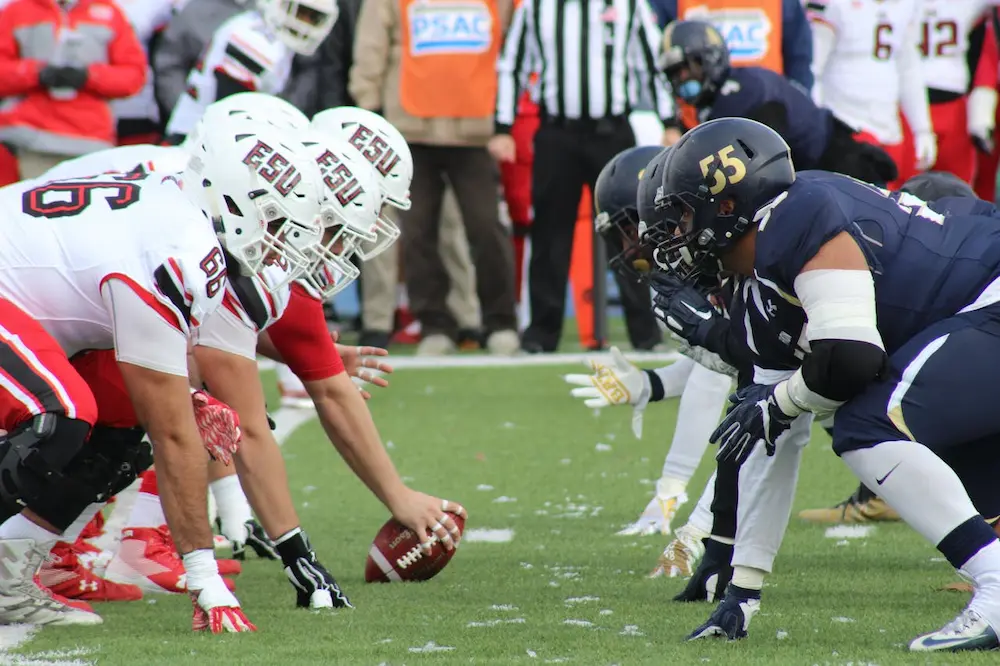
Landing Zone and Return Requirements
The landing zone is the heart of the new kickoff. Every kick that drops between the 20 and the goal line must be returned. If the ball is allowed to bounce and roll into the end zone, the return team only gets the ball at the 20-yard line.
This discourages passive play and ensures that kick returns are part of nearly every game again. For bettors, this means fewer automatic touchbacks and more unpredictable field position battles.
Traditional Kickoff vs. New Kickoff: Before and After
| Aspect | Before (Traditional Kickoff) | After (Dynamic Kickoff 2025) |
| Kicking Team Alignment | 11 players lined up on own 35 with a running start. | Kicker at 35; other kicking team players at receiving team’s 40. |
| Receiving Team Formation | Spread across the field. | At least nine players must be in the setup zone (30–35). |
| Returners | Usually one deep. | Up to two returners near the receiving team’s goal line in the landing zone. |
| When Players Can Move | Sprint at kickoff. | No movement until ball hits ground or returner. |
| Touchback Spot | 25-yard line. | End zone on the fly: 30-yard line. If ball rolls into end zone: 20-yard line. |
| Onside Kicks | Could be tried anytime, often a surprise. | Must be declared, only allowed when trailing. |
| Short Kicks / Squibs | Squibs used often. | Kick short of 20 is a penalty: ball placed at 40. |
| Return Rate | ~20% returned. | Expected 50–60%+ returns under the new format. |
Why the Competition Committee Changed the Rules
The competition committee faced two challenges: safety and excitement. Kickoffs had become the most dangerous play in football, with concussions far more common than on regular downs. At the same time, fans were losing interest as touchbacks dominated.
The new rules eliminate high-speed collisions while forcing more returns. According to special teams coaches, the play now feels more like a real scrimmage, giving coaches more to scheme and fans more to cheer for.
How Special Teams and Coaches Are Adapting
- Return Specialists Matter Again: Explosive returners have new value. A great returner can flip field position in a heartbeat.
- Blocking Schemes: With players only five yards apart in the setup zone, blocking resembles run plays. Some teams may even use bigger bodies up front.
- Kicking Strategy: Coaches must decide between booming the ball into the end zone for a safe 30-yard line start, or dropping it in the landing zone to force a return.
- Onside Kick Strategy: Without surprise onsides, comeback attempts are tougher. Teams must be trailing, often in the fourth quarter, to even try.
Even veteran coaches like those on the Baltimore Ravens and Dallas Cowboys are experimenting during training camp to find creative ways to maximize the new kickoff.
Betting Angles on the New Kickoff
For bettors, the kickoff format shift creates new opportunities:
- Totals: Better field position and more returns could increase scoring.
- Props: More return TDs are likely, and “longest kickoff return” props could see action.
- Live Betting: Big momentum swings from long returns will matter more than ever.
- Wild Card Games: In high-stakes playoff moments, expect field position from returns to swing spreads dramatically.
Smart bettors will monitor which teams adjust best. Don’t be surprised if the Kansas City Chiefs or Baltimore Ravens leverage strong special teams to gain an edge.
Bettor’s Takeaway: How the New Kickoff Impacts Betting
| Rule Change | On-Field Impact | Bettor’s Takeaway |
| Dynamic kickoff alignment (no running start, players 5 yards apart) | Safer collisions, more returns in live play. | Expect more big plays and unpredictable momentum swings → valuable for live betting. |
| Setup zone with at least nine players | Forces structured blocking and coverage. | Special teams execution becomes critical; teams with elite units (e.g., Baltimore Ravens, Dallas Cowboys) could consistently win field position. |
| Landing zone returns required | Every kick between the 20 and goal line must be returned. | More kickoff returns → higher chance of return TD props hitting. |
| Touchback changes (30-yard line vs. 20-yard line if ball rolls in) | Average starting position improves, fewer boring touchbacks. | Better field position boosts scoring potential → slight lean toward the Over on totals. |
| Onside kick must be declared | No surprise onsides, only when trailing (often in the fourth quarter). | Comeback attempts are less effective → factor into spread bets late in games. |
| Short kicks penalized (ball short of 20 = placed at 40) | Squibs eliminated, no free tricks. | End-of-half strategies change; fewer clock-killing squibs = more chances for scoring before halftime. |
| New kickoff format in playoffs | Higher return rate in high-leverage moments (e.g., Wild Card games). | Returns could swing games — great spots for alternative lines or live totals. |
Final Thoughts on the New Kickoff
The NFL’s new kickoff is bold, but it’s here to stay. By reducing injuries, boosting returns, and giving special teams fresh importance, the league has revived a play that has grown stale.
For bettors, it’s simple: field position volatility equals opportunity. The next time you’re eyeing a total or a prop, remember – thanks to the dynamic kickoff and the new kickoff rules, no lead is safe until the ball is kicked off.
Ready for next NFL season? Check out what are the NFL Coach Of The Year odds for 2025.
